
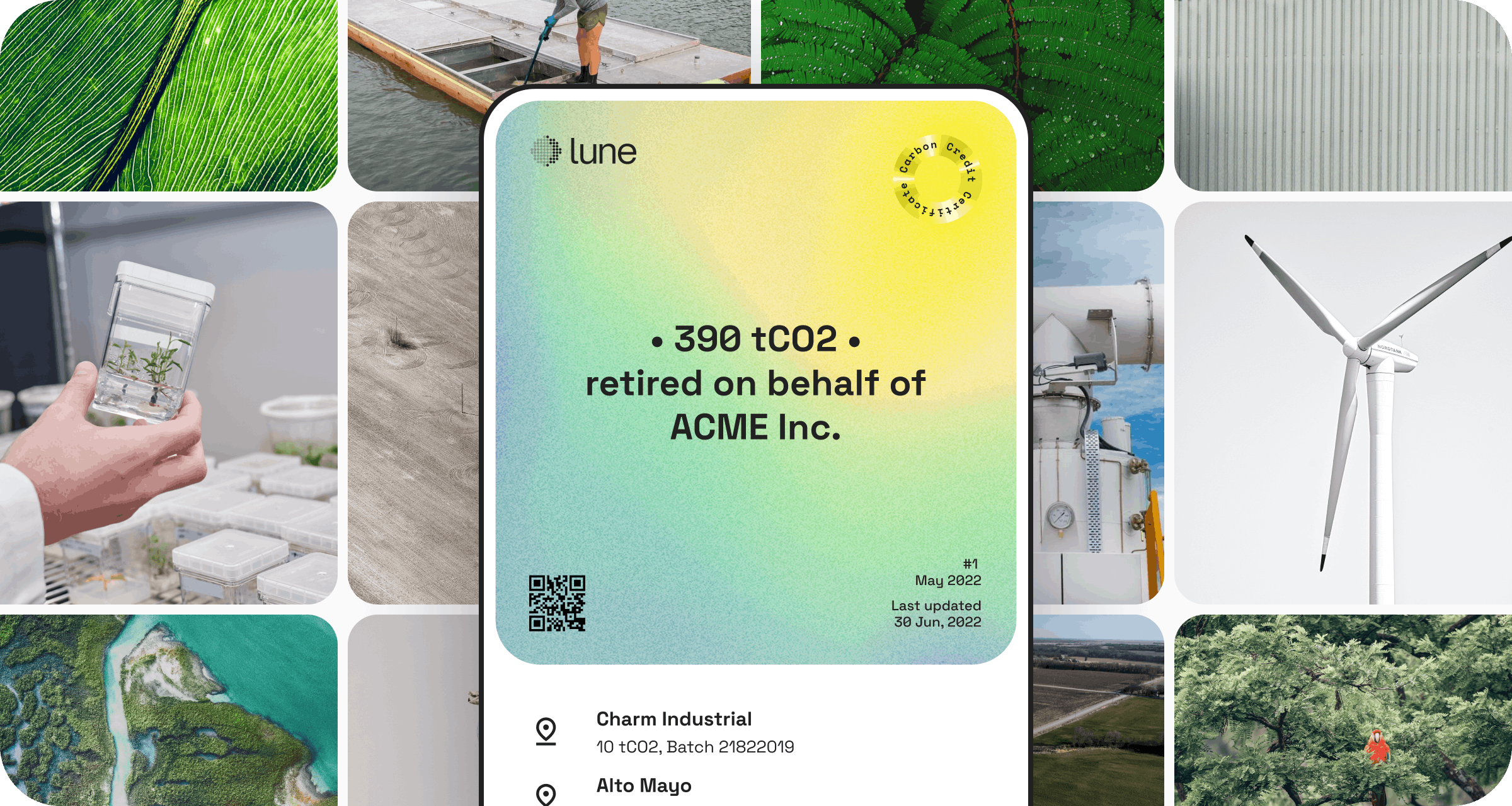
Sometimes it’s hard to grasp the real-world impact of carbon offsetting – leading many to question if offsetting actually works.
You calculate your company’s carbon emissions; you find credible carbon projects to compensate for those carbon emissions with.
But then what? How do you know that the budget you’ve spent on carbon credits is actually making a difference?
Whilst it isn’t always possible to trace the exact impact of a single purchase of carbon credits, the funding that buying carbon credits provides is unquestionably vital for the projects developing real climate solutions – their results simply couldn’t exist without carbon offsetting (well, for high-quality projects, at least*). And that is possible to see.
Let’s take a look at 5 examples of the real-world impact of carbon offsetting – environmental outcomes that simply wouldn’t have existed if it weren’t for carbon offsetting, so you can be sure your offsetting is working for the planet.
*A note on financing projects before we crack on: ‘financial additionality’ is a key evaluation criterion in carbon projects. If a project relies on the sale of carbon credits to finance their work then the benefit created could not have occurred otherwise, so buying credits results in truly ‘additional’ impact. But if a project has other streams of income then the benefit would have happened anyway, so buying credits makes no difference – and that’s a big red flag.
Traceable carbon removal with Charm industrial
Charm Industrial converts the CO₂ in waste plant matter into a stable, liquid form – called bio-oil – and injects it deep underground to store the carbon safely, for good.
In their first year of operation, 2021, they successfully removed 5,000 tCO₂ from the atmosphere and put it into permanent storage.
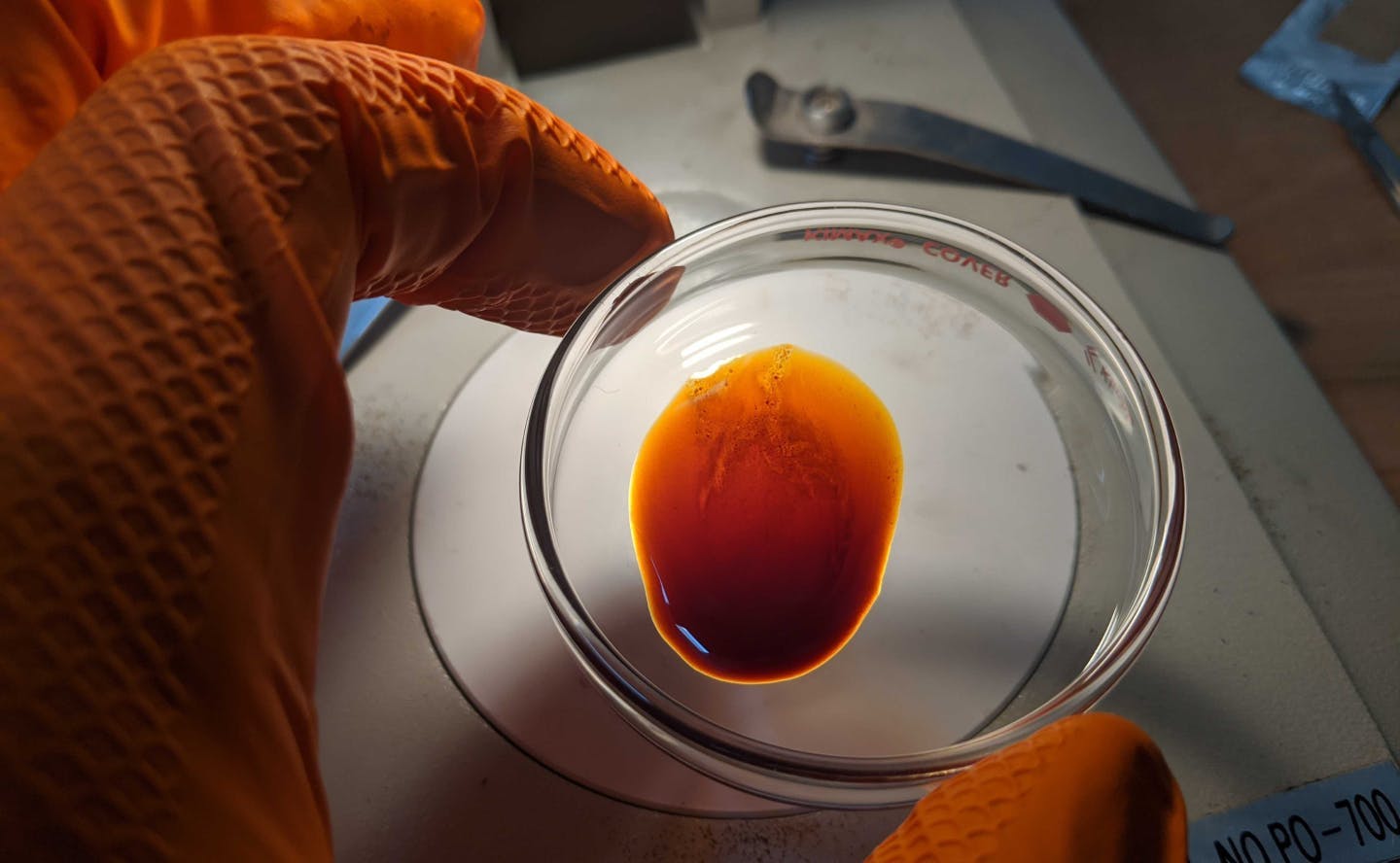
At the time, this was the largest permanent removal delivery of all time – and it was made possible by companies buying carbon credits from the project.
The majority of the delivery was made possible by 1,400 tCO₂ purchased by Stripe and Shopify, and 2,000 tCO₂ purchased by Microsoft.
Charm Industrial has an open registry, meaning anyone can trace the details of orders of carbon removals (including those by Stripe, Shopify, and Microsoft) – so the carbon benefit created through a purchase is directly, transparently linked to a carbon credit purchase.
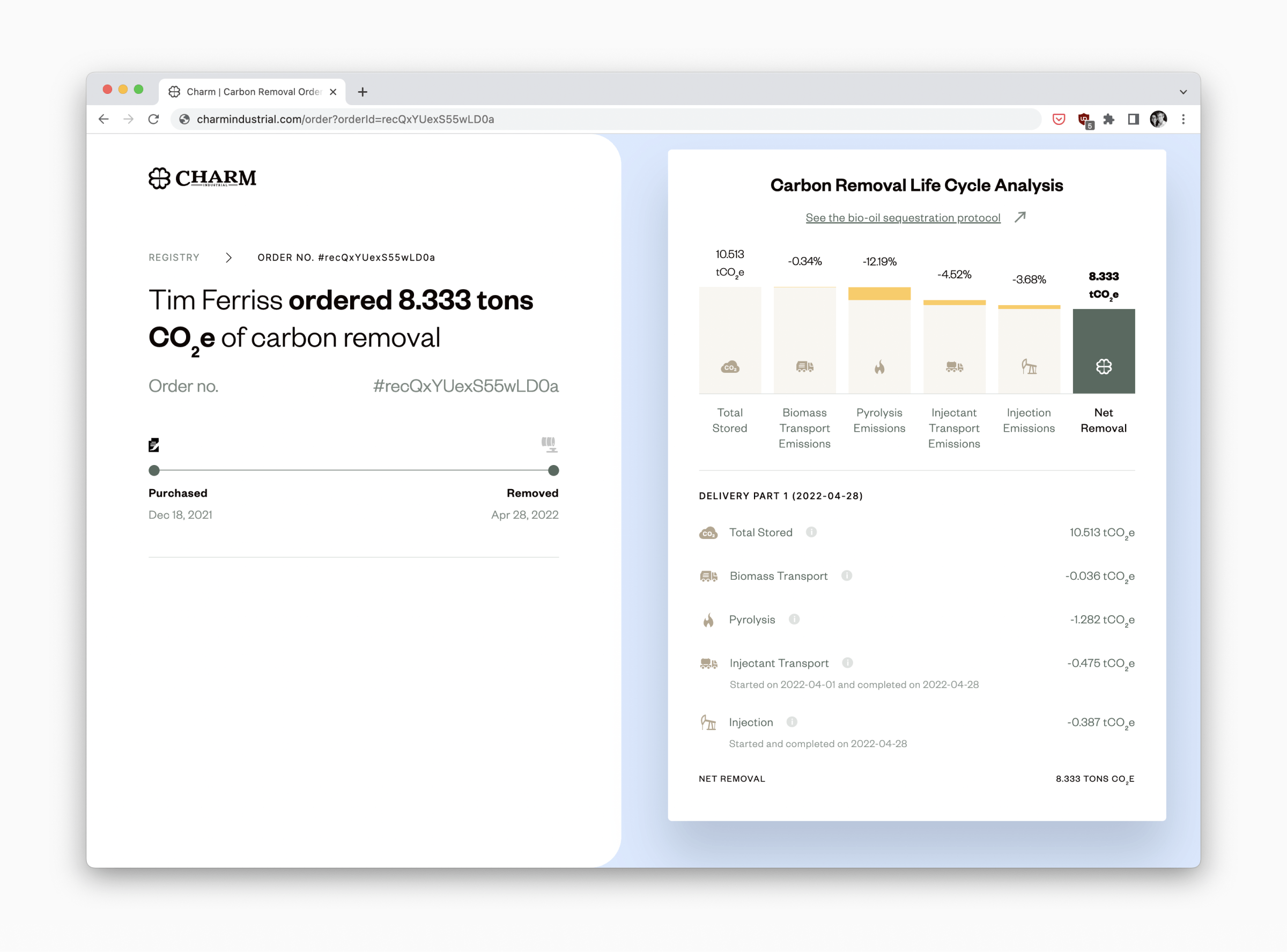
Restoring nature with Delta Blue Carbon
The delta of the river Indus is home to over 3,500 km2 of mangrove forest, providing a vital store of carbon, as well as a habitat for many species. But, demand for fuelwood and land for animal grazing was leading to large-scale deforestation and degradation of the mangrove forest.
And so the Delta Blue Carbon project was born in 2015.
The project protects the existing mangroves and restores and plants new mangrove ecosystems, with the forest responsible for removing 2 million tCO₂ every year.
Without the project’s sale of carbon credits to fund this work, that carbon would remain in the atmosphere today.
But, that’s not all.
The project also provides critical co-benefits beyond carbon, including enhancing biodiversity in the area:
- Provides an important habitat for local wildlife and enforces wildlife laws to prevent illegal poaching and trade. This includes 11 IUCN ‘red list’ species such as the Indian Pangolin and the Indus River dolphin – protecting them from the risk of extinction.
… and supporting the people who live there too:
- Over 1,000 jobs have been created by the project for local people – with 40% of those new jobs going to women. Across the 60 year lifetime of the project, 21,000 jobs will be created.
- 5 Reverse Osmosis Plants have been installed by the project to provide safe, clean drinking water for local people – with more planned.
And all of this has been made possible entirely by the project selling carbon credits.

Increasing the natural carbon removal power of trees with Living Carbon
Trees are a vital natural carbon sink – removing carbon from the atmosphere through photosynthesis and storing it.
Unfortunately, though, trees can’t remove as much carbon as we need to meet climate targets. They grow slowly, have a finite storage capacity, and are impacted by factors such as disease, poor soil, wildfires and more. Plus, we have limited land that we could grow forests on.
But what if we could increase the carbon removal potential of trees?
That’s exactly what Living Carbon is doing.
It’s a project with an expert team of researchers who are using biotechnology to increase carbon removal by trees – creating quick growing, fire resistant trees that can grow in degraded soil.
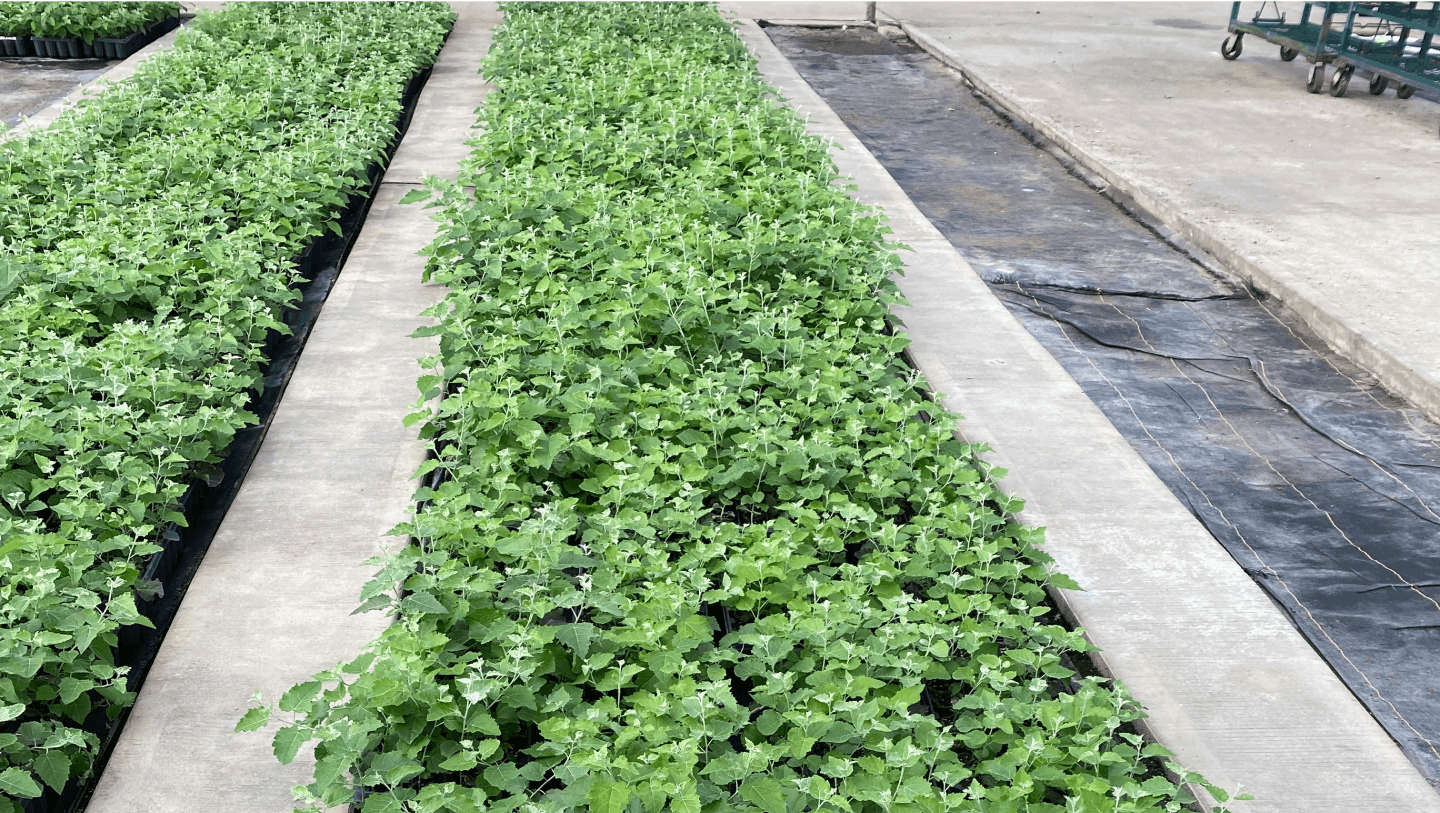
So far, they’ve developed seedlings that:
- Have a photosynthesis-enhanced trait, meaning they grow quicker than normal and accumulate more mass whilst they grow, so can absorb and store more carbon. So far they’ve planted 600 photosynthesis-enhanced seedlings in partnership with Oregon State University, and have over 1,000 acres of land secured for further planting.
- Are able to grow at abandoned mines – degraded land with high concentrations of minerals including nickel and copper. Living Carbon now has a pipeline of 3,000 acres of abandoned mineland to regenerate – it’s too toxic for any other use, meaning the land is wasted and local communities have little income opportunity.
In terms of real-world impact, the progress so far has reaped the reward of seedlings that grow up to 50% quicker than typical trees, absorbing and storing 27% more carbon – which is a massive achievement, and entirely funded by the sale of carbon credits.
The project still has a long way to go, trialling different methods and solutions – but it’s already showing huge promise at a fairly early stage.
Plus, as a research and development focused project, the team is also publishing their research as they progress – which is hugely impactful in itself. This increases transparency about their work as a carbon project, as well as increasing knowledge about enhancing natural carbon removal generally, enabling other projects to build on this research.
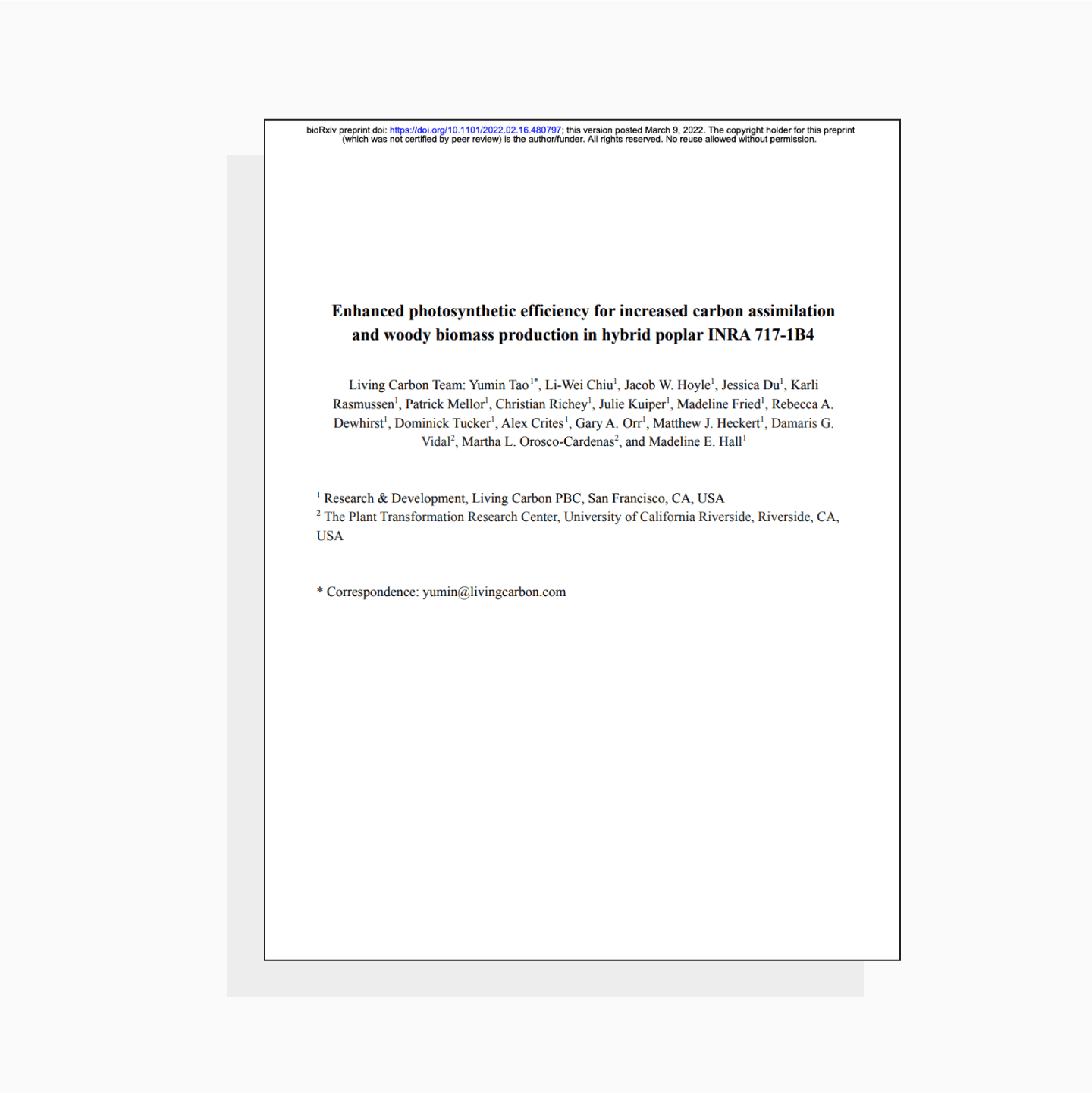
Enhancing the carbon removal potential of rocks with UNDO
Like Living Carbon, UNDO is a project aiming to enhance the natural processes of carbon removal that take place in the carbon cycle.
Their focus is on rock weathering.
Rocks naturally remove carbon from the atmosphere through chemical weathering and turn it into a solid, carbonate form which is stored safely for the long-term.
But this is an incredibly slow process.
So, UNDO is speeding it up to increase the amount of carbon removed and stored – known as enhanced weathering (and you can learn more about the process in our deepdive on enhanced weathering).

Like Living Carbon, it’s early days for UNDO, but the project is showing huge potential already.
As of January 2023, 24,000 tonnes of crushed waste basalt rock from the mining and quarrying industries has been spread at their trial site in Scotland – meaning they’re already responsible for removing around 6,000 tCO2 from the atmosphere.
Plus, the trial site is also already providing vital research for enhanced weathering as a carbon removal technique as a whole:
- MRV trials to determine the indicators of real-time carbon removal, which would ensure accurate estimations of carbon benefit – vital for projects selling carbon credits.
- UNDO's Carbon Team is working with world-leading climate scientists to write the first ISO methodology for enhanced weathering – which will then exist as a standard for other enhanced weathering projects to follow to ensure real impact.
Taking waste rock and spreading it on agricultural land has no inherent commercial value, so UNDO have been entirely reliant on being able to sell carbon credits to fund this, so the real-world impact of buying those credits is already clear
And there’s a ton more potential to be unlocked – in fact, they’re aiming to be the first project to permanently remove 1 million tCO2. So, by buying credits now and supporting their research, development, and scale up, you’re also creating exponential impact in the future.
Scaling up high-potential Direct Air Capture technology with 1PointFive
As much as we need to scale up and enhance natural carbon removal, we also need new, engineered solutions to be successful if we are to stick to the climate targets of the Paris Agreement. Including Direct Air Capture.
Currently, one of the main barriers to Direct Air Capture as a carbon removal solution is proving that it can be scaled up to a commercial scale.
1PointFive is working to eliminate that barrier.
They’re still in the early stages of development as a project. But, they have huge potential.
The team is currently constructing what will be the biggest DAC plant in the world, removing 1 million tCO₂ every year once operational and creating many employment opportunities. Plus, they have plans for more plants of a similar size to follow. And, their work will become a model for commercial scale DAC – moving the industry as a whole forward to hugely scale up the potential for permanent carbon removal.
Carbon credits are the mechanism that 1PointFive are using to finance the project. They’re currently pre-selling carbon credits to fund the development of the project and the construction of their first plant – with the credits then delivered in 2025/26 once the plant is fully operational and removing CO₂.
In this instance, there are two clear real-world impacts of buying carbon credits from the project:
- Funding future carbon removal by Direct Air Capture and storage – which will be verifiable and traceable once delivered.
- Supporting the entire future of Direct Air Capture as a much-needed solution for removing carbon from the atmosphere – by funding the 1PointFive team to successfully scale up the technology.
We think these earlier stage carbon removal projects like 1PointFive (and UNDO and Living Carbon too) are especially exciting from the perspective of wanting to see the real-world impact of your spend on carbon credits, because you’ll be able to follow the journey of the project as it uses the funding from carbon credits to achieve its potential.
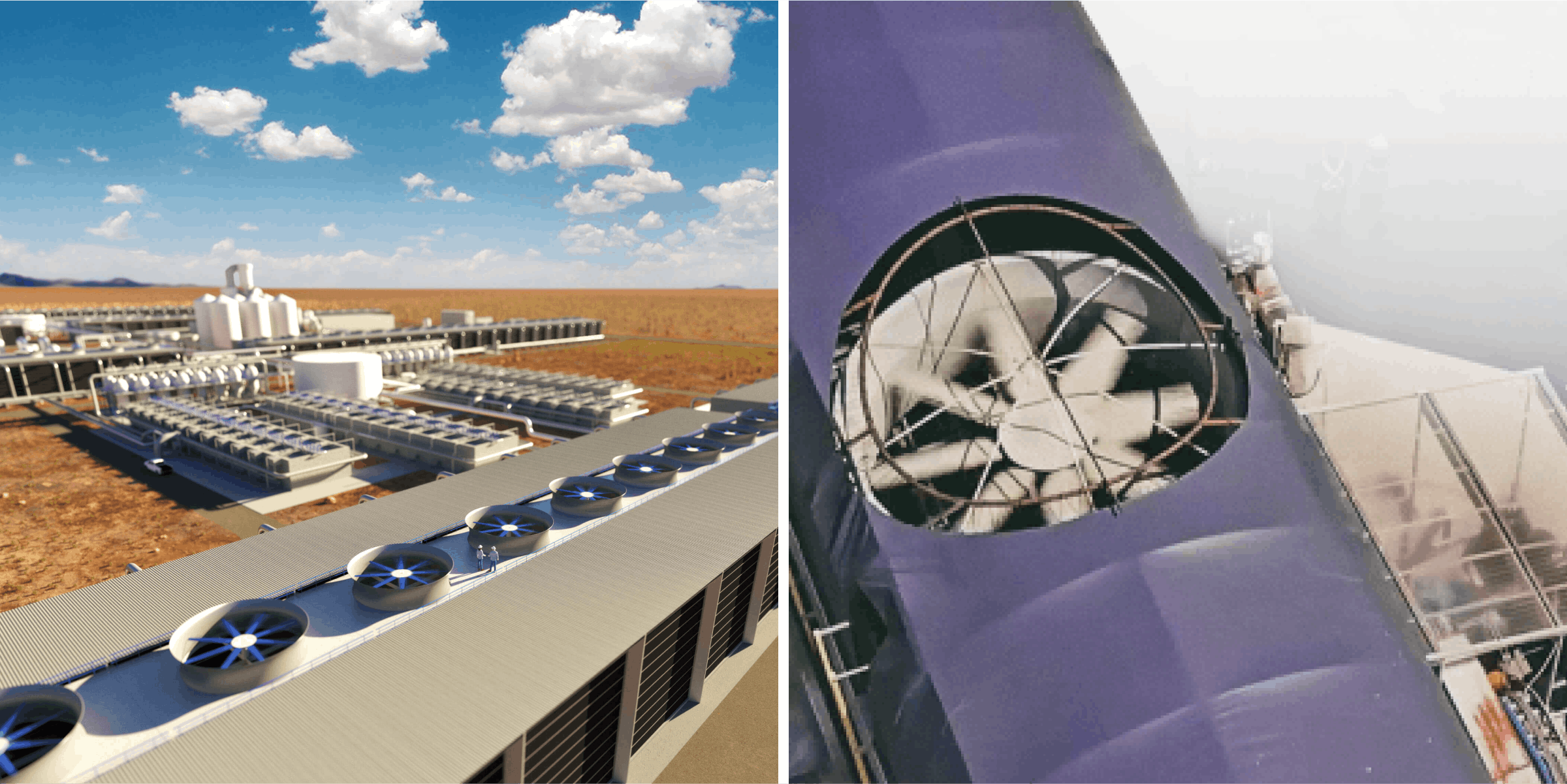
Explore more carbon projects
To find out more about all of the projects referenced in this article and to purchase carbon credits to support their work, log-in or sign-up to the Lune dashboard.
Readers also liked
Readers also liked

Subscribe for emissions intelligence insights
Get the latest updates in the world of carbon tracking, accounting, reporting, and offsetting direct to your inbox.


